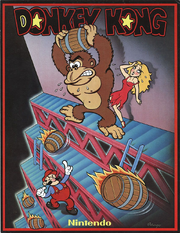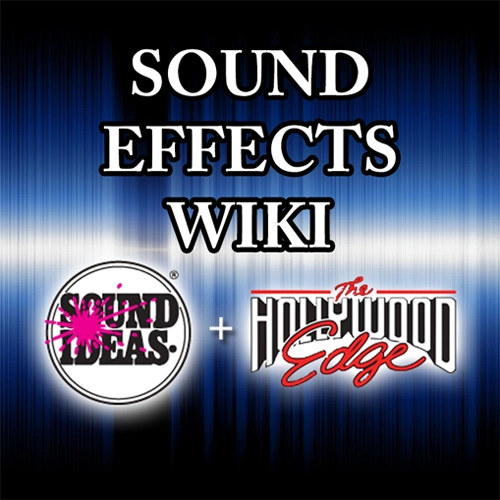
JP: July 9, 1981
NA: July 31, 1981
EU: November 1981
Donkey Kong is an arcade game released by Nintendo in Japan on July 9, 1981, July 31, 1981 in North America, and in Europe during the same year. An early example of the platform game genre, the gameplay focuses on maneuvering the main character across a series of platforms to ascend a construction site, all while avoiding or jumping over obstacles. The originally unnamed character, who was later called Jumpman, then Mario, must rescue a damsel in distress, Pauline, from the titular giant ape, Donkey Kong. The hero and ape would later become two of Nintendo's most popular and recognizable characters. Donkey Kong is one of the most important games from the golden age of arcade video games as well as one of the most popular arcade games of all time.
The game was the latest in a series of efforts by Nintendo to break into the North American market. Hiroshi Yamauchi, Nintendo's president at the time, assigned the project to a first-time video game designer named Shigeru Miyamoto. Drawing from a wide range of inspirations, including Popeye, Beauty and the Beast, and King Kong, Miyamoto developed the scenario and designed the game alongside Nintendo's chief engineer, Gunpei Yokoi. The two men broke new ground by using graphics as a means of characterization, including cutscenes to advance the game's plot and integrating multiple stages into the gameplay.
Although Nintendo's American staff was initially apprehensive, Donkey Kong succeeded commercially and critically in North America and Japan. Nintendo licensed the game to Coleco, who developed home console versions for numerous platforms. Other companies cloned the game and avoided royalties altogether. Miyamoto's characters appeared on cereal boxes, television cartoons, and dozens of other places. A lawsuit brought by Universal City Studios alleging Donkey Kong violated its trademark of King Kong, ultimately failed. The success of Donkey Kong and Nintendo's victory in the courtroom helped to position the company for video-game market dominance from its release in 1981 until the late 1990s.
Also See[]
Sound Effects Used[]
Arcade Version[]
- DK Crash Sound (debut)
- DK Death Sound (debut)
- DK Footsteps Sound (debut)
- DK Growl Sound (debut)
- DK Hammer Smash Sound (debut)
- DK Hammer Sound (debut)
- DK Jump Sound (debut)
- DK Score Sound (debut)
- DK Spring Bounce Sound (debut)
- DK Spring Fall Sound (debut)
Atari 2600[]
NES Version[]
- DK Crash Sound
- DK Death Sound
- DK Footsteps Sound
- DK Hammer Smash Sound
- DK Hammer Sound
- DK Jump Sound
- DK Pause Sound
- DK Score Sound
- DK Spring Bounce Sound
- DK Spring Fall Sound
